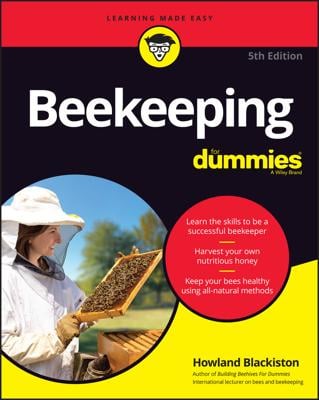It’s important to understand how honey bees mate, so that you can do your best to provide optimal conditions and know how circumstances such as weather can impact your queen-rearing operation. The queen bee has some interesting mating habits:
Queen bees mate in the air. The drones fly out of their colonies and gather at a place called a drone congregation area. The virgin queens seem to know where these areas are, and make a “bee-line” there in order to mate. In this area a number of drones mate with the virgin and then drop dead afterward.
A virgin queen will take one or more mating flights over the course of a few days or a week. Then she’s done mating for her lifetime. The sperm (from the drone) is stored in a special, tiny ball in the queen’s abdomen called the spermatheca. It is supplied with nutrients to keep the sperm alive for as long as the queen remains productive.
Because queens mate with a number of drones, a honey bee colony is a collection of “sub-families.” All the bees in the colony have the same mother (the queen); but some workers will be full sisters (having the same mother and father) and some will be half-sisters (having the same mother but different fathers). This genetic diversity is critical to having thriving, healthy colonies with a variety of traits that help the bees survive.
If for some reason a virgin is prevented from mating, there will come a time when she will stop trying to mate and will begin laying eggs. However, none of these eggs will be fertilized so they will all result in drones.
A virgin queen takes a few days to mature — her wings expand and dry, her glands mature, and so on. Then a few days more to fly and mate, and a few days more to settle down to laying eggs. Allow two or three weeks from emergence to the time when she will begin laying eggs.

